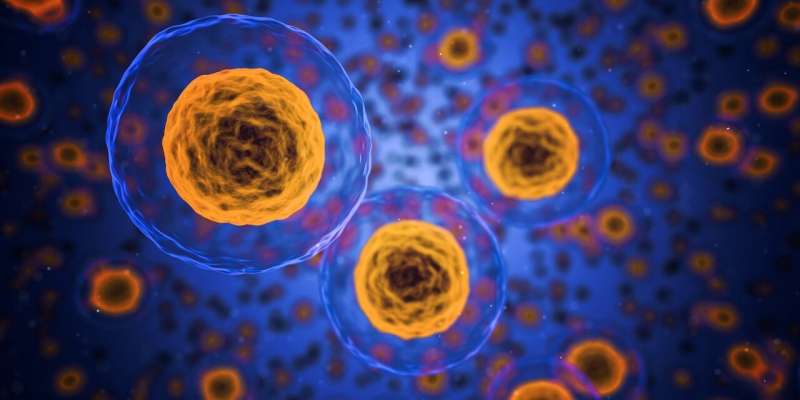New Rodent Study Uncovers Distinct Neural Signals for Learning and Insights into Human Movement Disorders

New research uncovers how the basal ganglia use distinct neural codes for learned versus innate behaviors, offering insights into human movement disorders like Parkinson's disease.
Recent research conducted on lab rats has revealed that the brain's basal ganglia communicate using two separate neural coding strategies—one for newly learned movements and another for innate, natural behaviors. This discovery, published in Nature Neuroscience and led by Harvard scientists, provides new understanding of how the brain manages different types of movements. The study found that during learned tasks, the basal ganglia employ a specific set of neuronal activity patterns, while during natural behaviors like walking or grooming, they utilize a different, distinct coding language.
The basal ganglia are a crucial part of the midbrain, involved in regulating reward, emotion, and motor control. They are also linked to various movement disorders, including Parkinson’s disease, Huntington’s disease, and Tourette syndrome, all of which stem from abnormalities within this brain region.
Scientists have long debated whether the basal ganglia govern all movements or just specific learned actions. To explore this, researchers examined the dorsolateral striatum (DLS), a segment of the basal ganglia known to play a key role in learned behaviors. They trained rats to perform a lever-pressing task for rewards and observed their natural explorations. Results from prior experiments showed that removing the DLS impaired learned movements without affecting natural behaviors, suggesting a specialized role in acquired skills.
In the current study, neural activity was recorded as rats performed these behaviors. The results showed that the basal ganglia switch between active and idle states, speaking in different 'languages' depending on the behavior—an essential step toward understanding motor control mechanisms. The findings suggest that the basal ganglia are central in learning new movements but may not directly control routine, natural behaviors.
These insights have significant implications for understanding human movement disorders. For instance, in Parkinson’s disease, the basal ganglia may produce erratic signals, effectively speaking a 'gibberish' language that interferes with normal movement. Understanding these neural codes could lead to novel approaches for treating such diseases.
Overall, this study advances our knowledge of how the brain manages learned versus innate movements and highlights the critical role of the basal ganglia in motor learning and disorders.
Source: https://medicalxpress.com/news/2025-08-rodent-reveals-codes-skills-clues.html
Stay Updated with Mia's Feed
Get the latest health & wellness insights delivered straight to your inbox.
Related Articles
Innovative Gene Editing Strategies Aim to Make On-Demand Treatments Standard for Rare Genetic Diseases
Discover how innovative gene editing technologies like base and prime editing are paving the way for on-demand, personalized treatments for rare genetic diseases, exemplified by the groundbreaking case of baby K.J.
Feasibility of Allogeneic Hematopoietic Cell Transplantation in Elderly Patients with Myelodysplastic Syndrome
A recent study demonstrates that allogeneic hematopoietic cell transplantation is a feasible and effective treatment option for older adults with myelodysplastic syndrome, showing comparable survival outcomes to younger patients.
FDA Approves New Sublingual Nonopioid Treatment for Fibromyalgia
The FDA has approved Tonmya, a novel sublingual, nonopioid medication, for adults with fibromyalgia, marking a significant advancement in pain management options for this chronic condition.
Innovative Technique for Detecting Airborne Tuberculosis Infection
A new innovative method utilizing aerosol sampling shows promise in detecting infectious tuberculosis directly from breath samples, potentially transforming early diagnosis in primary care.



